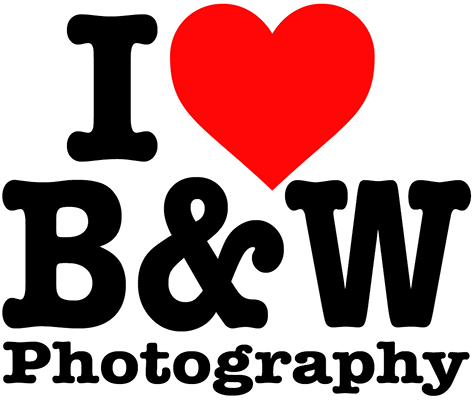
Photos by Steve Rosenbaum
When Kodak Infrared black-and-white film went the way of the Dodo* in 2007, Steve Rosenbaum, a long-time infrared photography enthusiast, didn’t despair. He found solace in his tricked-up digital camera, and kept shooting.
Infrared is light that is at the far edge of the spectrum of visible light, and beyond. It creates a dream-like, surreal world where foliage is white and skies are dark, and where skin in portraits look more like porcelain. In short, it’s cool, and different.
“I started thinking about Infrared 40 years ago, in the mid-70s. I shot on Infrared film,” notes Rosenbaum. “The film process required loading or unloading in total darkness, or carry a changing bag. The film was thin-based polyester and very curly. It required very careful processing and agitating. Exposures needed to be bracketed because you couldn’t anticipate infrared the same way you could with visible light.
“There was a lot of suffering involved in shooting and processing IR film,” Rosenbaum quipped. During his time as East Coast Editor of Peterson’s PHOTOgraphic he wrote about the technique, and continued shooting, switching to digital in the early 90s.
All of the images in the accompanying portfolio were made by Rosenbaum with a digital camera that he had modified to only capture the infrared spectrum. Any camera that has no infrared cutoff filter can be use without modification. All you need is a filter that blocks all of the color spectrum except infrared. A strong infrared filter appears black, but it lets in only the Infrared. This filter is necessary when shooting infrared film (if you can find it) but not so much for a recent digital camera that has been modified to capture the infrared spectrum. More on how that’s done later.
Rosenbaum’s advice for first-time Infrared shooters? “Have fun with it. Treat it like you would with a new lens and experiment. Don’t complicate your life. Go out and shoot and get used to seeing things that you might not normally see.”
Black shirts, for instance, look white. Hair dye can also look white. Water turns black. Sparkling blue swimming pool watter appears black, making pool photos look different.
“Infrared is great for foliage, not so much for winter shots. If you live in warm weather, you can shoot whenever you want,” Rosenbaum advises. “Big, puffy clouds are great. They stand out in stark contrast to a blue sky, which looks dark.”
“Overall, look for things that stir your imagination.
“For me, shooting with infrared is intriguing because it’s like working with a different pallete. If you’re a painter working with colors and they’re all changed, it makes it different and interesting. It stays interesting to me.”
What about the gear?
Infrared film is hard to come by, which means newcomers will have to go digital. But this is a good thing: You can see the infrared image in live view on the LCD or electronic viewfinder, and can gauge in real time what the effect will look like. This was never an option with film and there was, as a result, a lot of waste and trial and error.
Rosenbaum’s first digital infrared camera, a Minolta Dimage 7, had an “unanounced feature” that didn’t need modification. “I exploited a flaw in the camera—it took digital infrared if you filtered out visible light. But I got a hot spot in the images so I had to fix that in Photoshop.” The camera, which originally sold for over $1,500, is only 5MP so it may not deliver results that will translate into large prints, but it can be had on eBay for $25-100.
However, removing a current digital camera’s infrared cutoff filter not an easy DIY project. Fortunately, there are services that will, for a fee, do it for you. Lifepixel.com will convert Canon or Nikon DSLRs, or Canon, Nikon, Olympus, Pansonic, Sony, Leica or Fujifilm mirrorless cameras, at a basic conversion cost ranging from $175 to $275. Digital Silver Imaging offers the same service “and some added bonuses”; their pricing is higher, ranging from $300-425. They also offer a comprehensive list of specific digital camera models that are well-suited for infrared conversions. You may have an older camera that you can repurpose. There are also companies offering converted digital cameras and digital conversion services on eBay.
Steve Rosenbaum: An infrared selfie. Photo © Craig Runyan
Rosenbaum is currently using a Nikon D70 that was converted to infrared. Because of the conversion no filter is needed, so unlike infrared film, you can shoot hand-held and get accurate, sharp exposure at reasonable ISO settings.
(* Ilford SFX 200 has an extended red sensitivity that captures the infrared part of the spectrum…but also captures other colors. Filtered, correctly, it gives you legit IR results. It’s available in 35mm and medium-format rolls.)



















